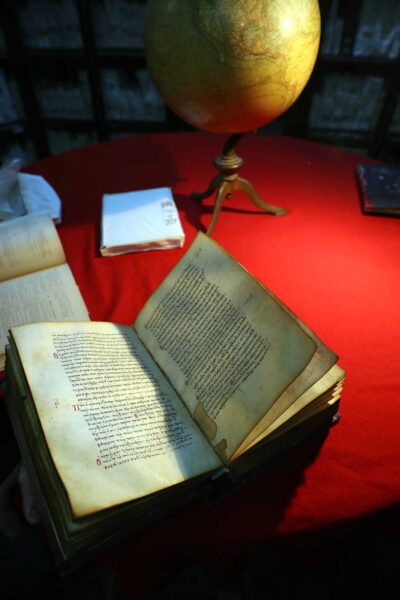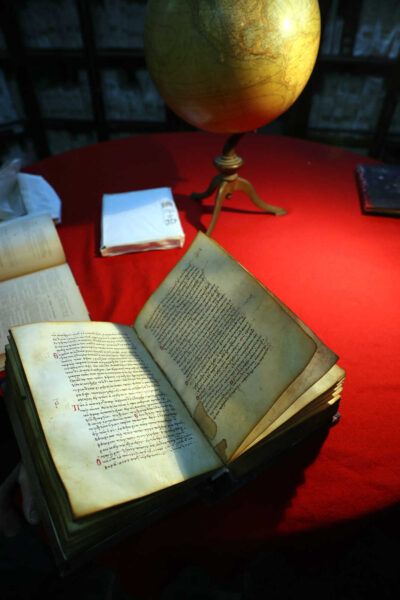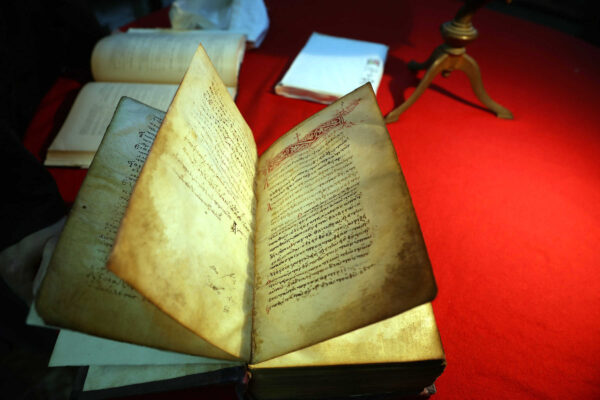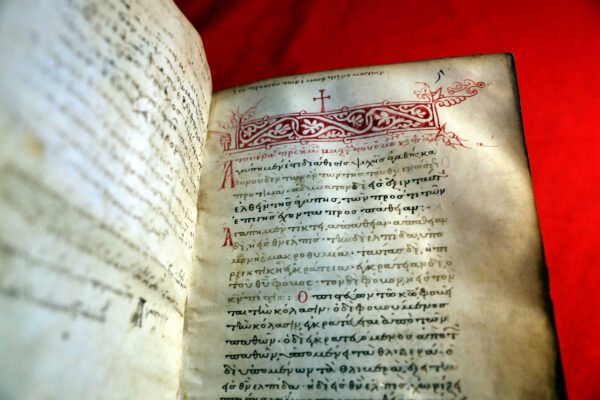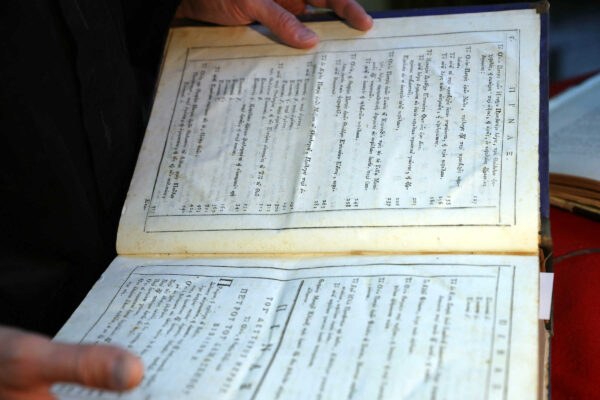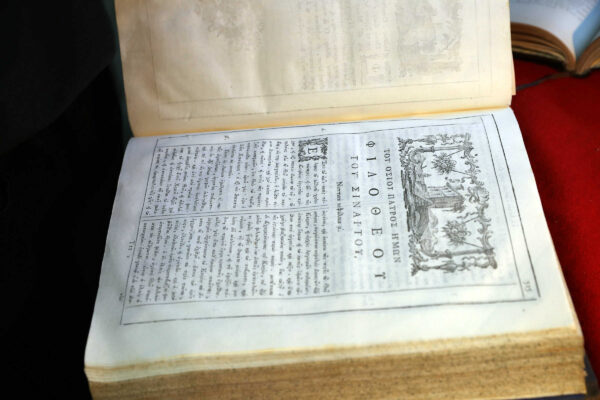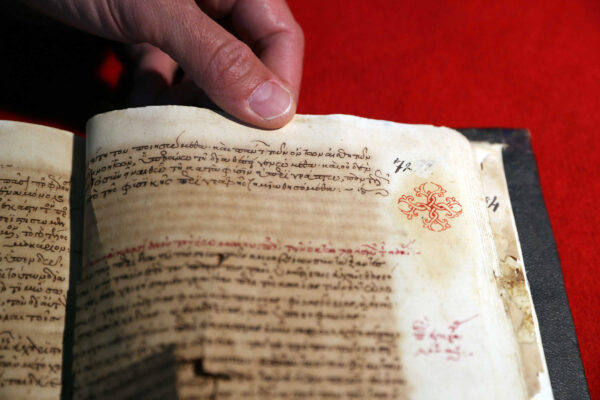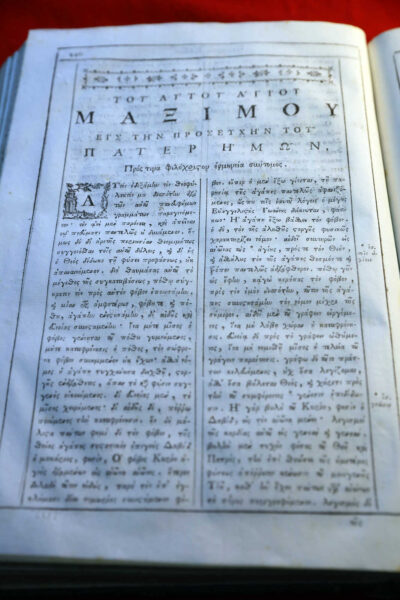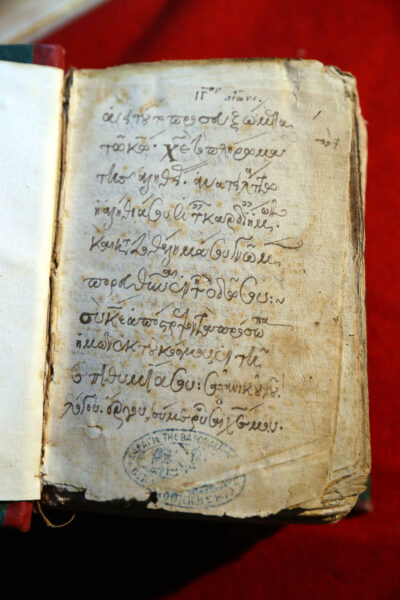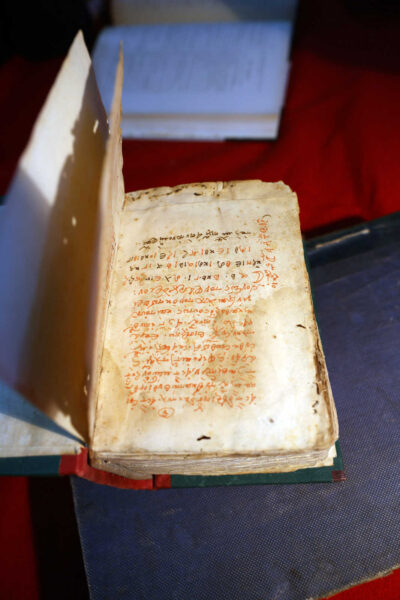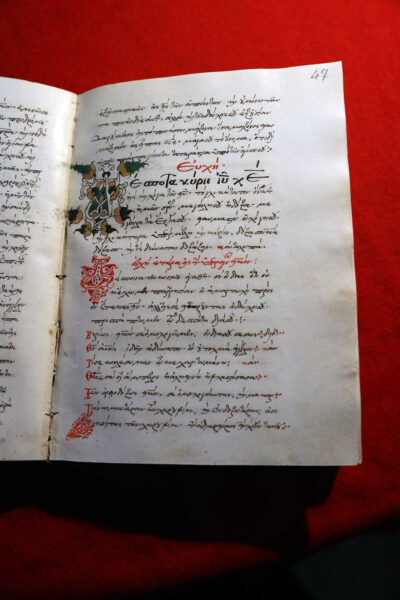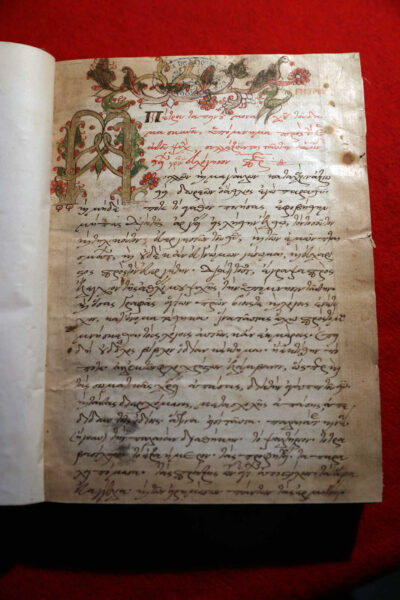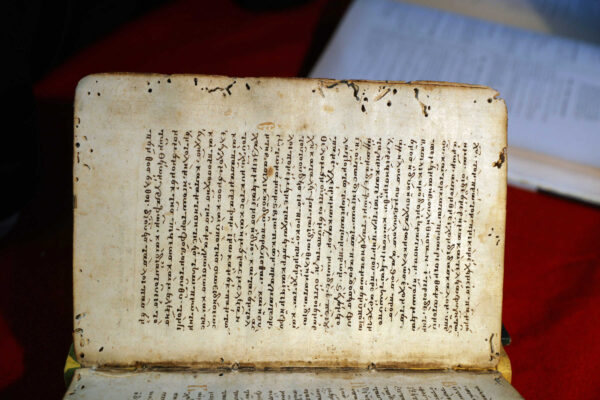Philokalia: Definition, History, and Source
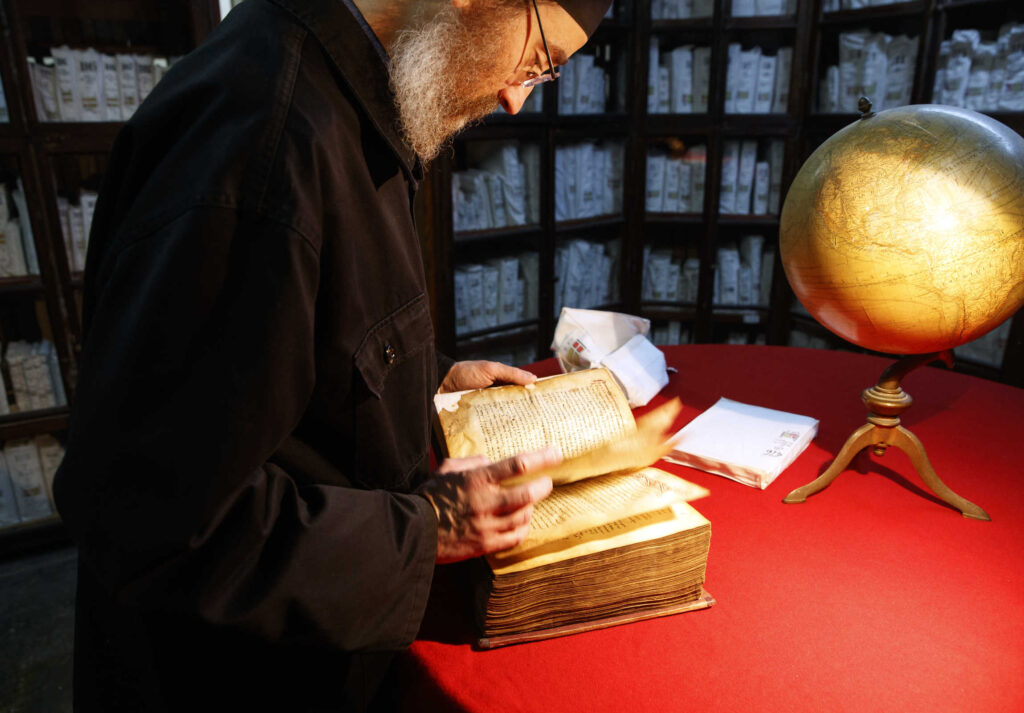
Many believe that the Philokalia is a book written by Saint Nicodemus the Athonite. In fact, this book—as that understand of the book—does not actually exist.
In reality, the Philokalia is an anthology, a collection of texts by saints belonging to the Hesychast tradition, which, in its original edition, included thirty-six authors who lived between the 4th and 15th centuries. The ones who made up this first edition—also called, in Greek, the Philokalia—were the saints Makarios Notaras, the Bishop of Corinth (1731-1805) who chose the materials and Nikodimos the Athonite (1749-1809) who checked them and made the appropriate enhancements.
Source
The material chosen by Saint Makarios Notaras was chosen from the library of the Vatopedi monastery—specifically from the codices 472 (12th century), 605 (13th century), 476 (14th century), 628 (14th century) and 629 (15th century). In 1777, he gave the material to Saint Nicodemos when he met with him at Karyes.
First edition of Philokalia
Finally, the first edition appeared in 1782, in Venice, in one very large volume entitled, “Φιλοκαλία τῶν Ἱερῶν Νηπτικῶν συνερανισθεῖσα παρὰ τῶν Ἁγίων καὶ Θεοφόρων Πατέρων ἡμῶν ἐν ᾗ διὰ τῆς κατὰ τὴν πρᾶξιν καὶ θεωρίαν ἠθικῆς φιλοσοφίας ὁ νοῦς καθαίρεται, φωτίζεται καὶ τελειοῦται.” From this title, only the first word in history remained: “Philokalia”—which translates to “love of the beautiful” or “the love of what is good.”
Russian Philokalia
The following editions have been divided into five volumes to reduce the size of the book. Due to the extraordinary success of the collection, only eleven years after its appearance – that is, in 1793, Saint Paisios Velicikovsky translated it into Slavonic as Dobrotolublye, removing some authors whom he considers to have too high a teaching for the preparation of the Russian people from that period.
The classic example of the book is from Saint Ignatios and Saint Calistos Xanthopoulos. On the other hand, they added other materials such as Saint Anthony and Saint Isaiah, translated from Latin. A first Russian edition was taken out by Saint Ignatios Brianchianinov, in 1867. Also, later, Saint Theophanes the Recluse translated the book into Russian, putting his imprint on his 1877 edition by deleting some texts and introducing others. Russian editions range from five to seven volumes.
Romanian Philokalia
The Romanian edition is also the most complete, out of 12 volumes, composed by Father Dumitru Staniloae, which began its publication in 1946, including great saints, such as Saint John of the Ladder, Saint Dorotheos of Gaza, Saint Isaac the Syrian, and others. Beyond the richness of authors in the Romanian Philokalia, the value of this edition is increased by the rich footnotes made by Father Dumitru Staniloae, an expression of a long experience in the search for God, greatly helping the readers in deciphering the deep meanings of the Philokalia.
Philokalia in English
The most complete English edition, after a partial translation in 1951-54 of the first two volumes of Saint Theophan’s edition, appeared in 1979 in a series of five volumes (from which only four appeared, so far) and is based on the third Greek edition of 1957. The English edition appeared under the leadership of Metropolitan Kallistos (Ware) of Diokleia.
Conclusion
Looking backward, the Philokalia has exercised an influence far greater than that of any book, other than the Bible, in the recent history of the Orthodox Church.
In the photos, you can see the manuscripts on parchment and on Eastern paper (from cloth/rag paper) from the Vatopedi monastery, Mount Athos, which were used at the base of the Philokalia. The printed book from the photographs is the first edition of the Philokalia.
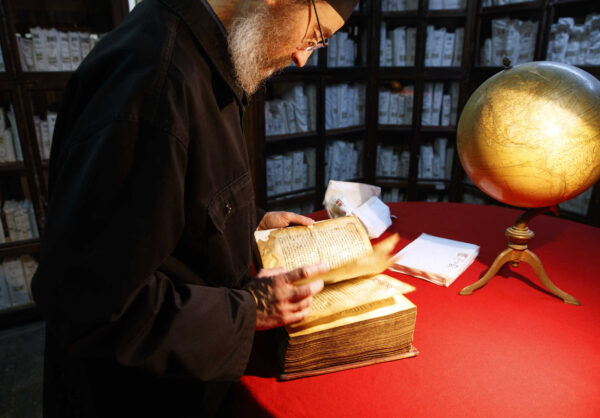
H αναδημοσίευση του παραπάνω άρθρου ή μέρους του επιτρέπεται μόνο αν αναφέρεται ως πηγή το ORTHODOXIANEWSAGENCY.GR με ενεργό σύνδεσμο στην εν λόγω καταχώρηση.
Ακολούθησε το ORTHODOXIANEWSAGENCY.gr στο Google News και μάθε πρώτος όλες τις ειδήσεις.









